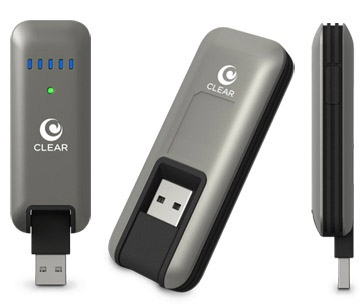DNA Sequencer on USB
DNA
sequencing is the process used to find the exact genetic makeup of
human beings as well as other living organisms. Since it first became
possible in the 1970s, scientists have been working to make the process
less laborious, more accurate and less expensive. The nanopore
technology is one such evolving procedure. The UK firm Oxford Nanopore
Technologies has made a lot of headway with it since the company's
inception in 2005. Most recently, Oxford Nanopore has announced a
disposable miniature DNA sequence, the MinION. Using nanopore based
technology, it promises to be faster as well as portable.
What is the MinION
The
MinION resembles a USB memory stick. It draws power through the USB
port of a computer. It also runs the computer analysis on the connected
computer. This new device can sequence tiny bacterial and viral genomes
in a matter of seconds. DNA is double stranded and the strands are held
together by the bonds between their base pairs. The MinION can sequence
such 150 million base pairs within six hours.
How does the MinION work
The
mini sequencer is made up of a sensor chip, an Application Specific
Integrated Circuit and nanopores. Nanopores are organic molecules
embedded in a polymer membrane and containing very small pores or holes.
The DNA can be threaded through them in the manner of stringing beads.
Similar to laboratory tests, the MinION accepts blood, plasma and serum
samples for analysis. Once it is plugged into the USB port of a laptop
or desktop, it becomes a self contained sequencing device.
The
MinION analyzes DNA using a strand sequencing technique. An enzyme in
the electrophysiological fluid attracts the DNA strand and unlocks its
double helix structure. One strand enters the nanopore and the other
returns to the fluid. The enzyme also ensures that the single DNA strand
passes through the nanopore one base pair at a time. Thus the
sequencing proceeds and the MinION distinguishes between the four
nucleobases which encodes genes in DNA.
Why is the MinION more viable
For
so long, DNA analysis required the DNA to be sliced into tiny pieces
despite the percentage of error involved. Now the nanopore based
technology has rid us of this necessity. DNA strands pass intact through
nanopores on the sensor chip for sequencing. Hence they can be
reutilized for analysis and the errors that chopping DNA introduced is
also avoided.
DNA
strands pass through nanopores base pair by base pair and their speed
of passage can be controlled. Slower passage rate yields more accurate
results.
Compared
to other time-consuming sequencing processes, the MinION does not
involve DNA amplification and is thus much faster. It has a maximum
working life of six hours.
Devised in the form of a USB memory stick, the MinION is a portable item and can prove useful for small scale analyses.
According
to Oxford Nanopore, the MinION will be commercially available on the
market by the year end at a retail price of $900. For now, it is
intended for short sequencing jobs like pathogen identification and
genetic mutation screening. However the present success and the
continual ongoing research promise the possibility of sequencing larger
genomes with the MinION in future. It can also eventually make DNA
sequencing universally accessible.
About the author:
Margaret is a blogger by profession. She loves writing on environment
and technology. Beside this she is fond of books. She recently did an
article on Gizmowatch. These days she is busy in writing an article on frii.Labels: usb
